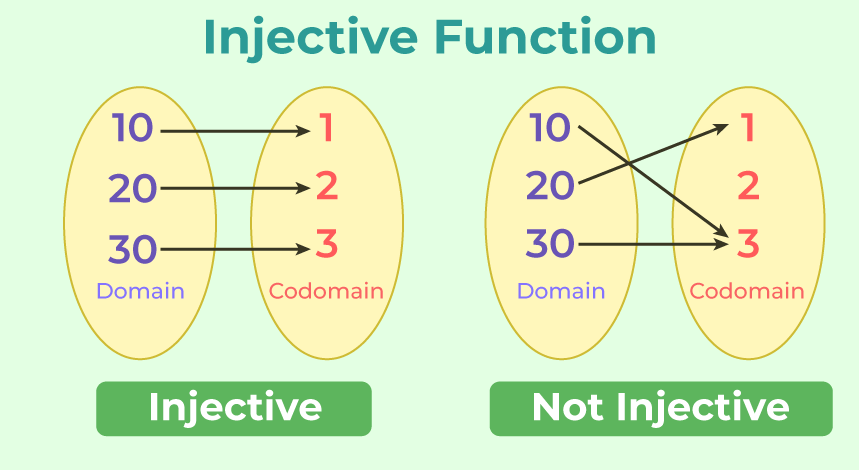Inject Function

In the dynamic world of JavaScript programming, developers are constantly seeking efficient and elegant solutions to handle data manipulation and iteration. Among the myriad of tools available, one particularly versatile and powerful function stands out: the inject function. Also known as reduce in JavaScript, the inject function offers a concise and expressive way to perform operations on arrays, aggregating their elements into a single value. Let’s delve deeper into this function and explore its applications in modern JavaScript development.
Table of Contents
ToggleUnderstanding the Inject Function
At its core, the inject function takes an array, applies a specified operation to each element, and accumulates the results into a single value. This operation can be anything from simple arithmetic calculations to more complex transformations or aggregations. The beauty of the inject function lies in its flexibility and scalability, making it suitable for a wide range of use cases.
In JavaScript, the inject function is commonly implemented through the reduce method available on array objects. The syntax is straightforward:
const result = array.reduce(callback, initialValue);
Here, callback is a function that defines the operation to be applied to each element, and initialValue is an optional parameter specifying the initial value of the accumulator. The callback function itself takes four arguments: accumulator, currentValue, currentIndex, and array. These parameters provide context for performing the operation and updating the accumulator accordingly.
Practical Applications
Summing Array Elements
One of the simplest use cases for the inject function is calculating the sum of elements in an array:
const numbers = [1, 2, 3, 4, 5];
const sum = numbers.reduce((acc, curr) => acc + curr, 0);
console.log(sum); // Output: 15
Finding Maximum or Minimum Value
You can also use the inject function to find the maximum or minimum value in an array:
const numbers = [5, 8, 2, 1, 9];
const max = numbers.reduce((acc, curr) => Math.max(acc, curr), -Infinity);
console.log(max); // Output: 9
const min = numbers.reduce((acc, curr) => Math.min(acc, curr), Infinity);
console.log(min); // Output: 1
Flattening Arrays
Nested arrays can be flattened using the inject function, simplifying complex data structures:
const nestedArray = [[1, 2], [3, 4], [5, 6]];
const flattenedArray = nestedArray.reduce((acc, curr) => acc.concat(curr), []);
console.log(flattenedArray); // Output: [1, 2, 3, 4, 5, 6]
Grouping Objects by a Property
When dealing with arrays of objects, the inject function can facilitate grouping based on a common property:
const products = [
{ name: 'iPhone', category: 'Electronics' },
{ name: 'Coffee Maker', category: 'Appliances' },
{ name: 'Smartwatch', category: 'Electronics' },
];
const groupedProducts = products.reduce((acc, curr) => {
(acc[curr.category] = acc[curr.category] || []).push(curr);
return acc;
}, {});
console.log(groupedProducts);
/*
Output:
{
Electronics: [
{ name: 'iPhone', category: 'Electronics' },
{ name: 'Smartwatch', category: 'Electronics' }
],
Appliances: [
{ name: 'Coffee Maker', category: 'Appliances' }
]
}
*/
Conclusion
The inject function, or reduce method in JavaScript, is a powerful tool that empowers developers to write concise and efficient code for array manipulation and aggregation. By understanding its mechanics and exploring its diverse applications, developers can leverage its capabilities to streamline their workflows and solve complex problems with elegance and clarity. Whether you’re summing numbers, finding extremes, flattening arrays, or grouping objects, the inject function stands ready to enhance your JavaScript programming arsenal.





